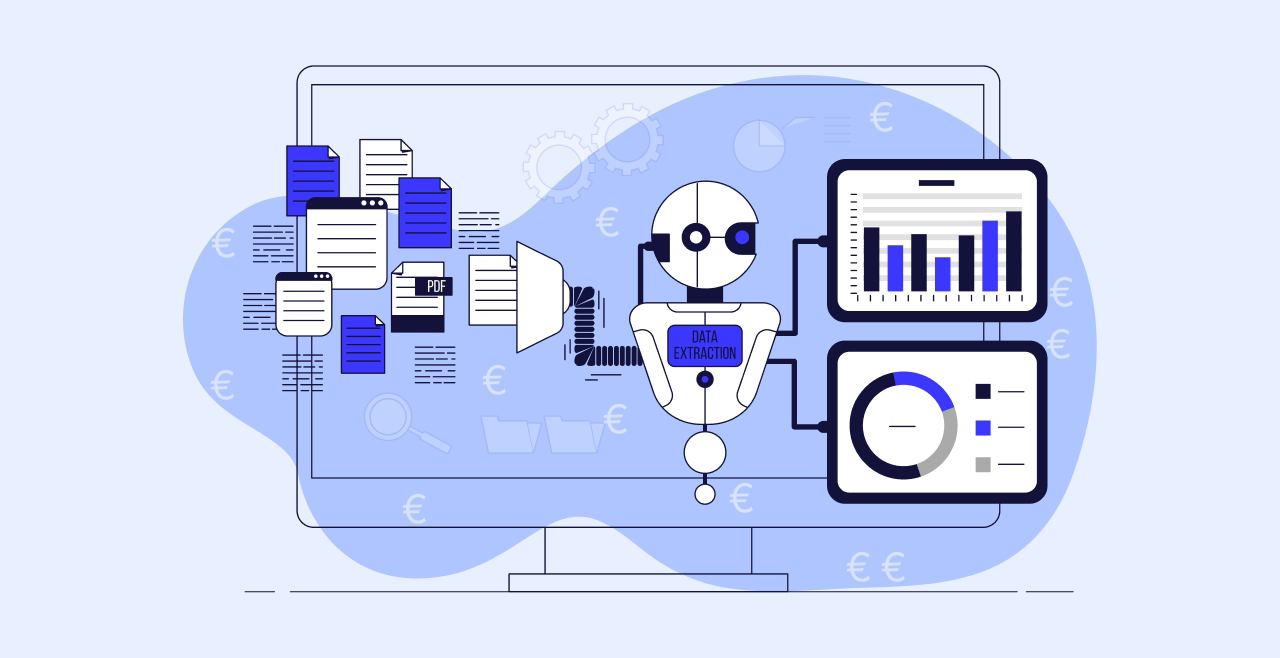What is an AI Algorithm?
An AI algorithm is a set of instructions designed to perform specific tasks or solve complex problems. These algorithms allow machines to mimic human intelligence by learning from data, identifying patterns, and making decisions without explicit programming for each task. AI algorithms can be broadly categorized into machine learning algorithms, deep learning algorithms, and natural language processing algorithms.
How Do AI Algorithms Learn?
The core of AI algorithm functionality lies in learning from data. There are three primary types of learning methods:
1. Supervised Learning: In this method, the algorithm is trained on a labeled dataset, meaning it has input-output pairs. The algorithm learns by comparing its predictions to the actual results and adjusts its parameters accordingly. For example, an AI trained to recognize images of cats will use labeled images (cat or not cat) to learn the differences.
2. Unsupervised Learning: Unlike supervised learning, this approach involves unlabeled data. The AI algorithm identifies patterns, groupings, or structures from the input data without any explicit guidance. Clustering algorithms like K-Means or Principal Component Analysis (PCA) fall under this category.
3. Reinforcement Learning: In this scenario, the AI learns by interacting with its environment. It makes decisions, gets feedback (positive or negative rewards), and modifies its actions to maximize rewards. This method is widely used in robotics and game-playing algorithms.
Key Components of AI Algorithms
Several components work together to make AI algorithms effective. Below are the key aspects of how AI algorithms work:
Data: AI relies on vast amounts of data for training and improving its accuracy. Clean, structured, and diverse datasets are essential for better performance.
Features: These are specific variables or characteristics used by the AI to make predictions or decisions. Feature selection and engineering are crucial to enhancing the accuracy of machine learning models.
Model: The model is the mathematical representation of the AI algorithm. It uses data and features to generate predictions. Popular models include decision trees, neural networks, and support vector machines.
Training: During the training process, the AI algorithm learns from data. It adjusts its internal parameters to minimize error and improve performance, ensuring that it can generalize to new, unseen data.
Inference: After training, the AI model is deployed for inference. In this stage, the algorithm uses its learned knowledge to make predictions or decisions in real-world applications.
Types of AI Algorithms
Let’s look at some of the most commonly used AI algorithms and how they work:
1. Decision Trees: A decision tree is a flowchart-like structure where each node represents a decision or classification based on features. The algorithm splits data into branches until it reaches an outcome.
2. Neural Networks: Inspired by the human brain, neural networks consist of interconnected nodes (neurons) arranged in layers. The algorithm processes data through these layers, adjusting weights and biases to learn patterns.
3. Support Vector Machines (SVM): SVMs are classification algorithms that separate data points into different classes by finding the best hyperplane that divides them.
4. K-Nearest Neighbors (KNN): This algorithm classifies new data points based on the majority class of the nearest neighbors in the training set. It’s useful for classification and regression problems.
5. Deep Learning Algorithms: These algorithms involve multiple layers of neural networks and are particularly powerful for complex tasks like image and speech recognition. Convolutional Neural Networks (CNN) and Recurrent Neural Networks (RNN) are popular examples.
AI algorithms are transforming industries and enhancing various technologies. Here are some real-world applications:
Healthcare: AI algorithms are used in medical diagnostics, drug discovery, and personalized medicine. For example, neural networks can analyze medical images to detect tumors with high accuracy.
Finance: In the financial sector, machine learning algorithms are used to detect fraudulent transactions, forecast stock prices, and automate trading strategies.
E-commerce: AI algorithms power recommendation engines in e-commerce platforms, suggesting products based on user behavior and preferences.
Self-driving Cars: Reinforcement learning algorithms help autonomous vehicles learn how to navigate roads safely by interacting with their environment.
Natural Language Processing (NLP): AI algorithms in NLP enable machines to understand and process human language. Applications include chatbots, voice assistants like Siri or Alexa, and machine translation tools.
The Future of AI Algorithms
The future of AI algorithms holds immense promise. As more data becomes available and computational power increases, AI algorithms will continue to improve in accuracy and efficiency. Emerging fields like quantum computing could revolutionize the way AI algorithms process data, leading to even faster and more accurate decision-making systems.
Moreover, as ethical concerns around AI grow, we can expect the development of more explainable AI (XAI) algorithms that offer transparency in how decisions are made. This will ensure that AI can be trusted in critical sectors like healthcare, finance, and law enforcement.
In summary, understanding how AI algorithms work is crucial to grasp their transformative potential. From learning methods like supervised, unsupervised, and reinforcement learning, to different models like decision trees and neural networks, AI algorithms are revolutionizing various industries. As these algorithms evolve, they will continue to shape the future of technology and society.
For those interested in diving deeper, exploring specific AI algorithms and their applications is an excellent way to gain a more comprehensive understanding of this rapidly advancing field.

Comments
Post a Comment